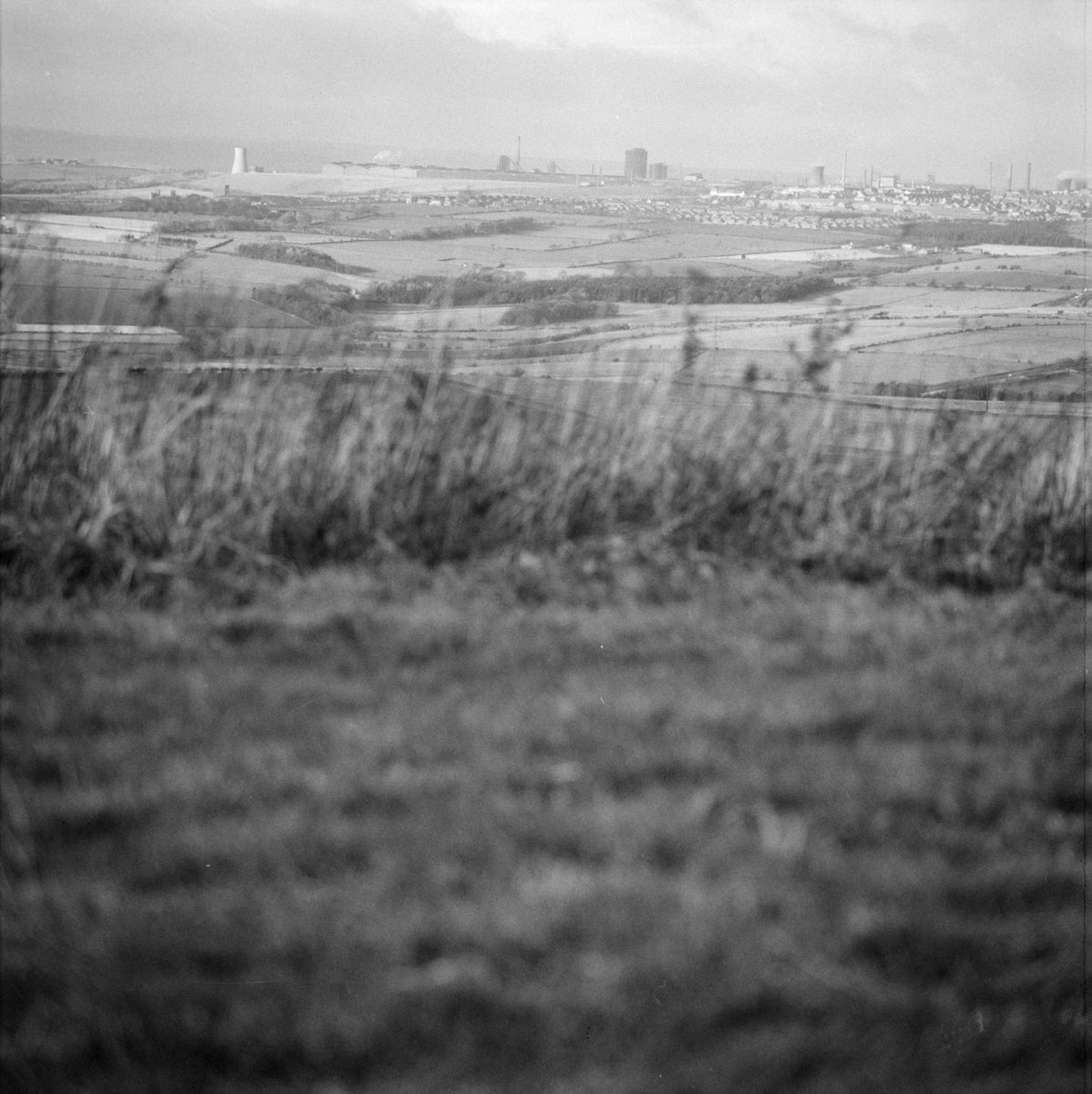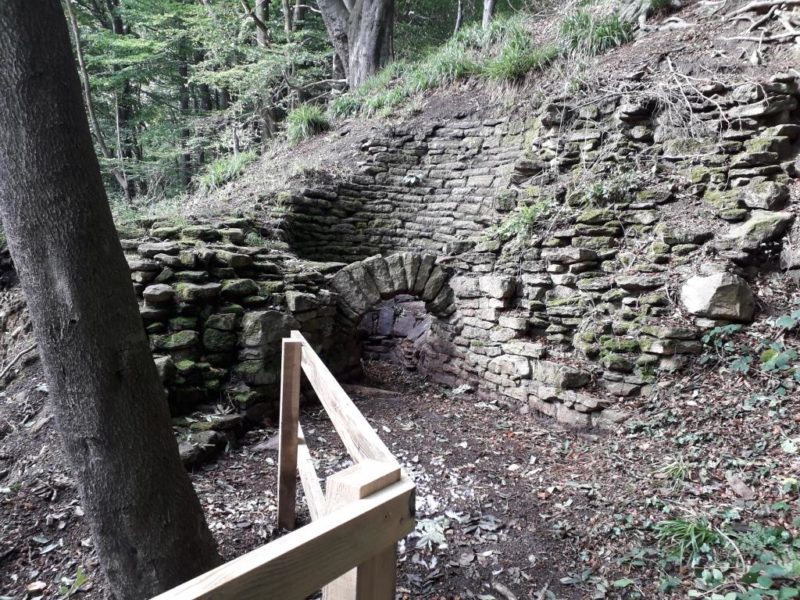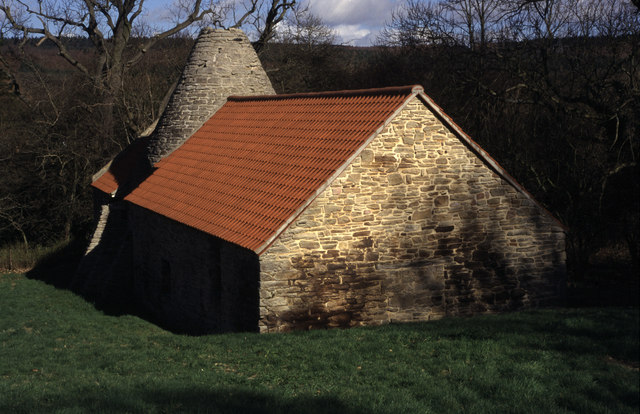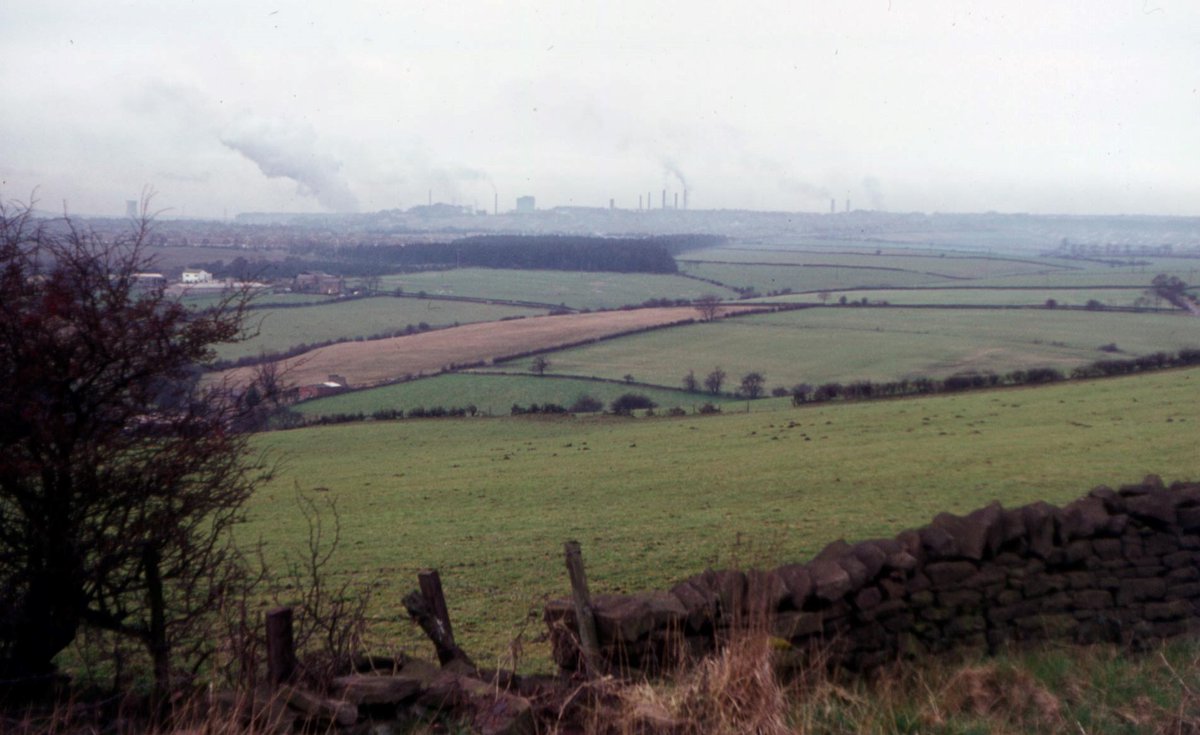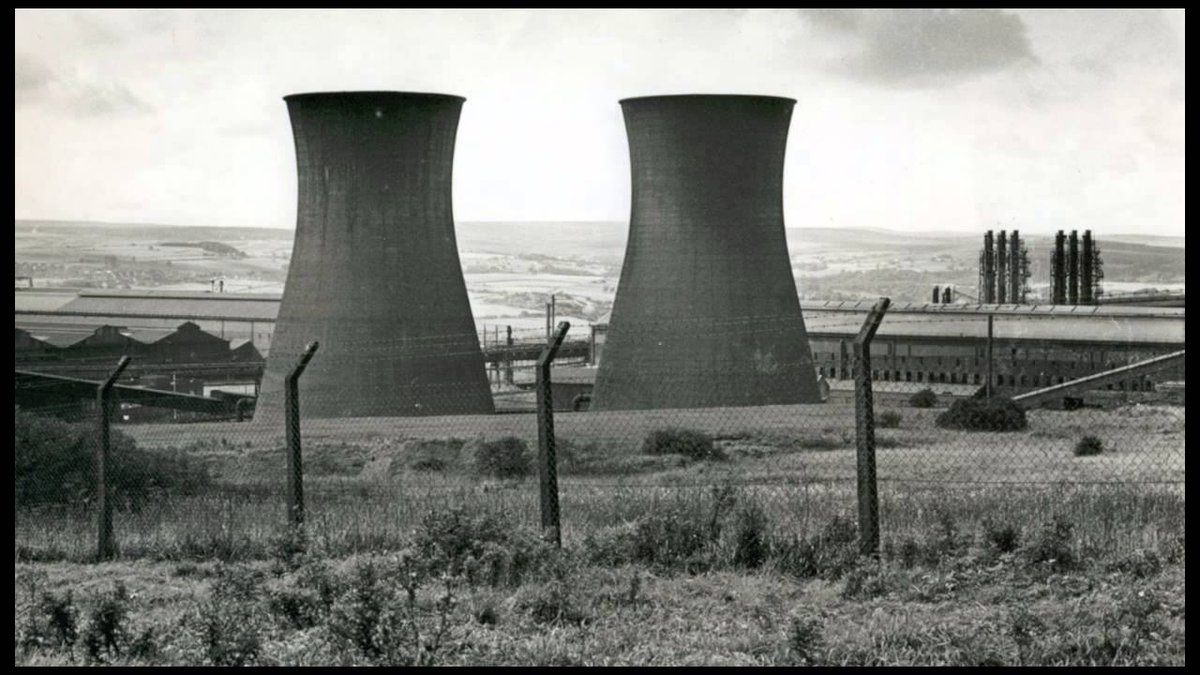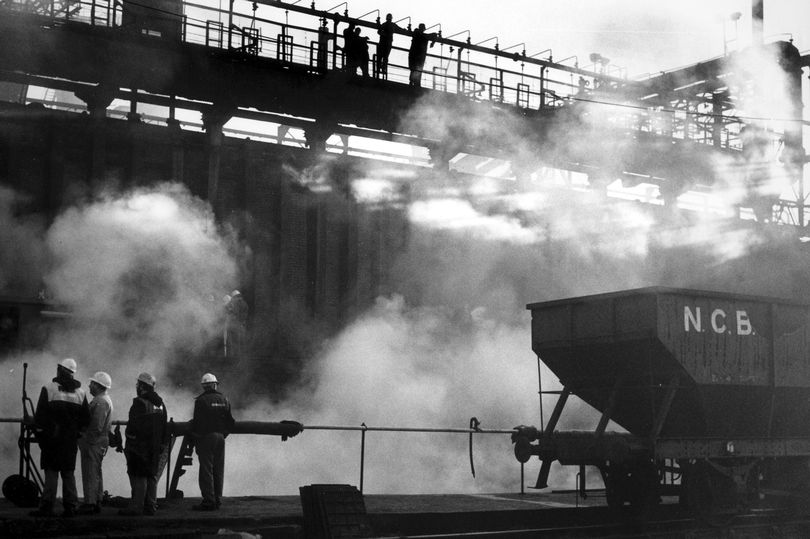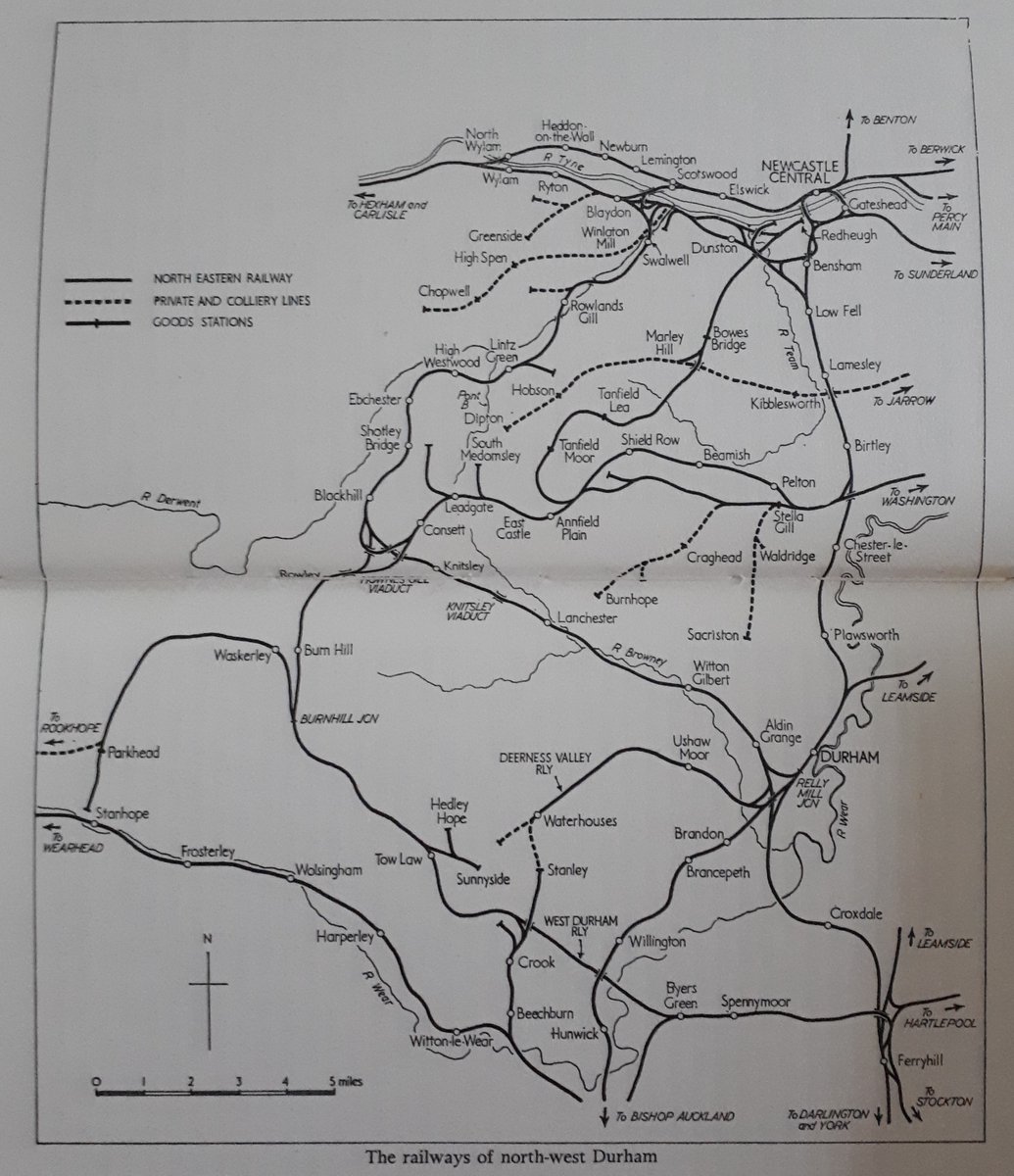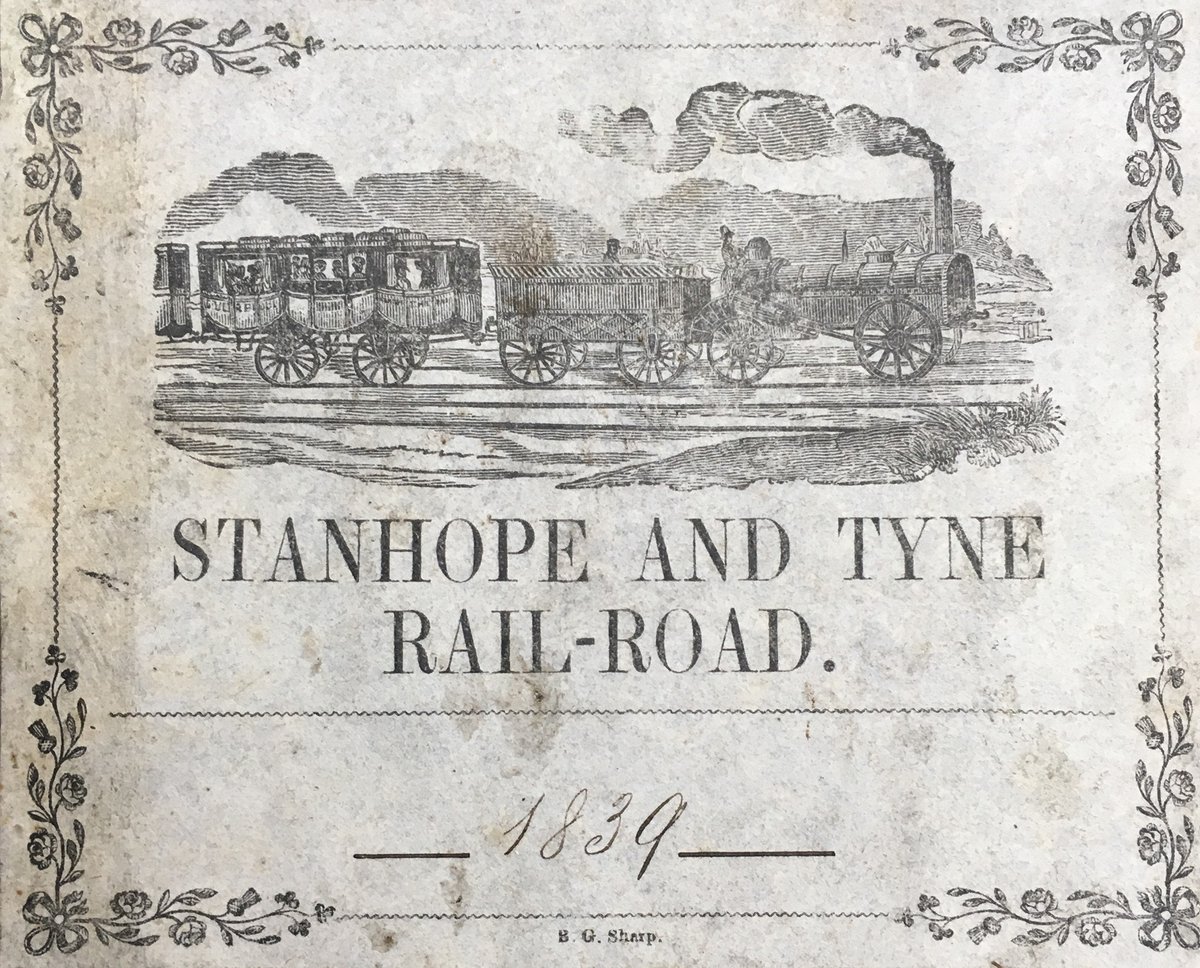1/15 At over 900ft above sea level, perched on a fellside in a landlocked corner of north west Co. Durham, the town of Consett is not the most likely of locations in which to found what was to become one of the largest plants in the global steel industry #SWOS20
2/15 There is a long tradition of iron smelting & steel production in the Derwent Valley dating back as far as C13th, with remains of a C17th furnace at Allensford to the north west and the more complete C18th site of Derwentcote steel furnace to the north east #SWOS20
3/15 In 1840 when the Derwent Iron Company established its works at what was then Conside, the area had no easy access to a deep water port, no major road links, no direct access to a mainline railway nor easy access to a navigable waterway #SWOS20
4/15 What it did have was raw materials: coal from the Durham coalfield, limestone from the Pennines around Stanhope to the west & high grade iron ore in deposits local to the site at the time. This was rapidly depleted, requiring ore to be transported from further afield #SWOS20
5/15 From the earliest days the Company realised that communications were the weakness in their capacity & competitiveness & started to construct a network of integrated transport systems that allowed Consett to grow & thrive despite its geographical disadvantages #SWOS20
6/15 Control over transport links & collaborative working was key to Consett’s success: initiating infrastructure & working with other interested parties became a feature of the Company’s development. This was seen first in rail, specifically the Stanhope &Tyne line #SWOS20
7/15 From 1832 a line linking the limestone quarries around Stanhope & Consett, en route to the staithes on the Tyne at South Shields, was constructed. From 1841-1843 the Derwent Iron Co. controlled the part of the line west of Consett, renaming it the Derwent Railway #SWOS20

 Read on Twitter
Read on Twitter